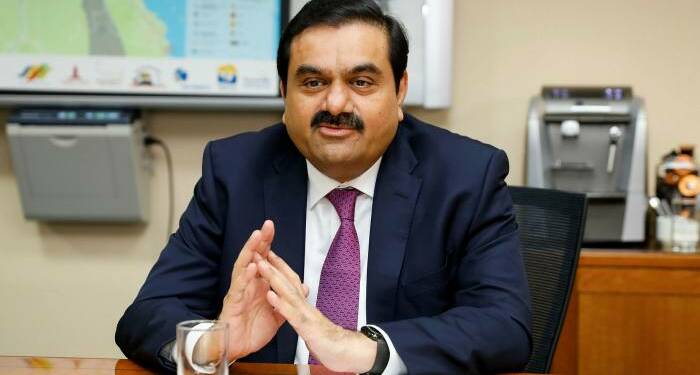Yesterday Economic Times reported that National Securities Depository Limited, Indian central securities depository under the jurisdiction of Ministry of Finance, has frozen the accounts of three foreign funds — Albula Investment Fund, Cresta Fund and APMS Investment Fund — which together own over 43,500 crore rupees worth of shares in four Adani Group companies.
According to the ET report, these accounts were frozen on May 31 for not disclosing information regarding beneficial ownership as per the Prevention of Money Laundering Act (PMLA).
However, Adani Group denied the claim that accounts of the aforementioned funds had been frozen and called the ET report “blatantly erroneous”. “We regret to mention that these reports are blatantly erroneous and are done to deliberately mislead the investing community. This is causing irreparable loss of economic value to the investors at large and reputation of the group,” Adani Enterprises said in a statement.
“Given the seriousness of the article and its consequential adverse impact on minority investors, we requested Registrar and Transfer Agent, with respect to the status of the Demat Account of the aforesaid funds and have their written confirmation vide its e-mail dated 14 June 2021, clarifying that the Demat Account in which the aforesaid funds hold the shares of the Company are not frozen,” it added.
In the last few years, Adani Group has witnessed meterioric rise and is coutinusoly expanding to new businesses. Gautam Adani added double (16.2 billion dollars) of what Mukesh Ambani (8.1 billion dollars), the richest person of Asia, added in 2021 to his fortunes.
The Adani group controls India’s largest port- Mundra in Gujarat, and apart from the port business, the group’s interests include power generation and transmission, edible oil, real estate, defence and the latest- Data storage.
Born in June 1962, Gautam Adani, a school dropout from Ahmedabad’s CN Vidyalaya, started his journey as a diamond merchant in Mumbai. His family was involved in the textile business, but he was always allured by Mumbai’s thriving diamond industry and had no interest in the family business.
At the age of 18, he dropped out of school and caught a train for Mumbai, where he made millions in the diamond business within three years. By the age of 20, Gautam Adani was a self-made millionaire.
During his school days, Adani visited Gujarat’s Kandla Port and amazed by its grandeur, he decided to build something like that, or even bigger than that. He realised the dream in 1995, almost 15 years after he entered the business when he secured a contract for the Mundra port in Gujarat. Gautam Adani is also the brain behind port-rail linkage policy as he convinced Nitish Kumar, who was railway minister in the Vajpayee government, about the strategic importance of linking railways with ports.
Unlike Ambani, with whom his name is very often clubbed in the popular Ambani-Adani phrase, he started from scratch and made millions within the first few years of his entrepreneurial venture.
Unlike Ambani, Adani had not limited the entrepreneurial venture to India as he invested 10 billion dollars in the Australian coal mine, knowing that he might lose it all if the government scraps the deal.
His above 50 billion dollars wealth primarily comes from a 62 per cent stake in Adani Ports & Special Economic Zone- the flagship company of the group. He also controls a 75 per cent stake in Adani Enterprises, Adani Power, Adani Transmissions and Adani Gas. In the last four years, the wealth of Adani multiplied by 6-7 times, given the growing importance of infrastructural development, the sector where major businesses of the group lie.
However, the shares of the listed companies of the Adani Group went on nosedive drive yesterday after the Economic Times broke the story. Now, if the claims of Adani Group is found to be true, he can take the owner of ET, BCCL group, to the court but if the story is true, he would touch the bottom very soon.































